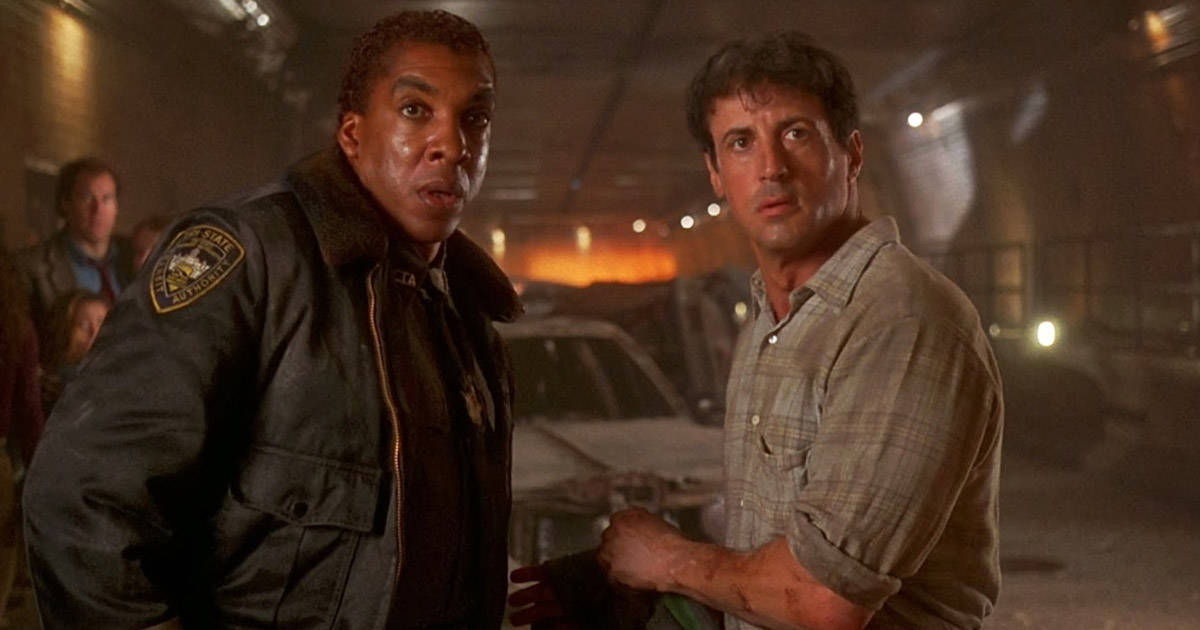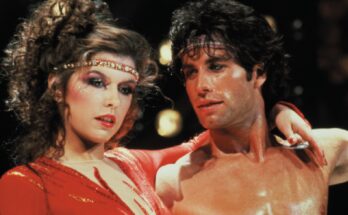Daylight (1996)
“Daylight” (1996), directed by Rob Cohen and starring Sylvester Stallone, is a gripping disaster thriller that combines intense action, human courage, and emotional endurance. Set mostly within the claustrophobic confines of a collapsed tunnel beneath the Hudson River, the film explores survival against impossible odds and the heroism that emerges in moments of crisis.
The story begins on a normal evening in New York City. The Holland Tunnel, a busy route connecting Manhattan to New Jersey, is filled with commuters, truckers, and travelers. Among them are a group of criminals transporting stolen toxic waste materials in a van. When they collide with another vehicle, the impact sets off a devastating chain reaction of explosions, igniting fuel and chemicals that cause a massive fireball to tear through the tunnel. In seconds, both ends collapse, trapping dozens of survivors underground in darkness, smoke, and debris.

Outside the tunnel, authorities scramble to assess the situation. Kit Latura (Sylvester Stallone), a former New York City Emergency Medical Services chief, happens to be nearby. Once a respected leader, Kit’s career ended after a tragic rescue mission went wrong, leaving him disillusioned and guilt-ridden. Seeing the chaos unfold, however, Kit’s instincts kick in. Against orders, he decides to go into the tunnel to help those trapped inside.
Using his expert knowledge of the tunnel’s structure and emergency systems, Kit enters through a ventilation shaft, navigating flooded passages and unstable wreckage. Inside, the survivors are panicked and divided. Among them are Madelyne Thompson (Amy Brenneman), a struggling playwright; Roy Nord (Viggo Mortensen), an arrogant adventure athlete; a family with young children; elderly tourists; and a group of prisoners being transported.

When Kit arrives, he immediately takes charge, trying to calm the group and organize an escape plan. But the situation grows increasingly desperate — fires rage, toxic smoke fills the air, and rising water levels threaten to drown them all. The tunnel’s structural integrity is collapsing by the minute, and every wrong move could trigger another cave-in.
As tensions rise, Kit faces skepticism and defiance, particularly from Nord, who insists he can climb to safety on his own — a fatal mistake that underscores the danger of arrogance in crisis. Kit’s leadership, compassion, and determination gradually earn the survivors’ trust, even as his own physical strength is pushed to the limit.
In a series of harrowing sequences, Kit guides the survivors through collapsed passages, underwater corridors, and narrow air ducts. He risks his life multiple times to clear debris and save others, including diving into freezing water and manually reopening air valves to prevent suffocation.
In the film’s emotional climax, Kit sacrifices his chance at escape to blow open a blocked passage, ensuring the others can reach safety. He’s presumed dead — until rescuers later find him barely alive, floating near the exit.
“Daylight” concludes with Kit emerging into the morning light, exhausted but triumphant, symbolizing hope, redemption, and the power of selfless heroism.
Visually intense and emotionally charged, “Daylight” stands out as a classic 1990s disaster film — a showcase for Stallone’s quiet strength and humanity amidst chaos, reminding audiences that true courage shines brightest in the darkest moments.



